A new contract issued by the Army shows one of many steps the service is taking to make its artillery arsenal fire farther and more accurately with deadly effects.
The Army recently awarded a one-year contract for BAE Systems to design Precision Guidance Kit Munitions that can be cycled into a variety of 155mm munitions, making them more accurate and able to operate in environments with degraded or no GPS.
If successful, the precision guidance kits will progress in testing phases toward fielding, officials said.
BAE Systems already produces two of the artillery pieces that fire the 155mm round — the M777 Lightweight Towed Howitzer and the M109A6 Paladin Self-Propelled Howitzer.
Soldiers with the Big Red One are currently conducting test fires on an upgraded Paladin, featuring its first major improvements in decades. And on the other end of the firing, soldiers are expected to field an upgraded lightweight targeting system known as the Joint Effects Targeting System.
RELATED
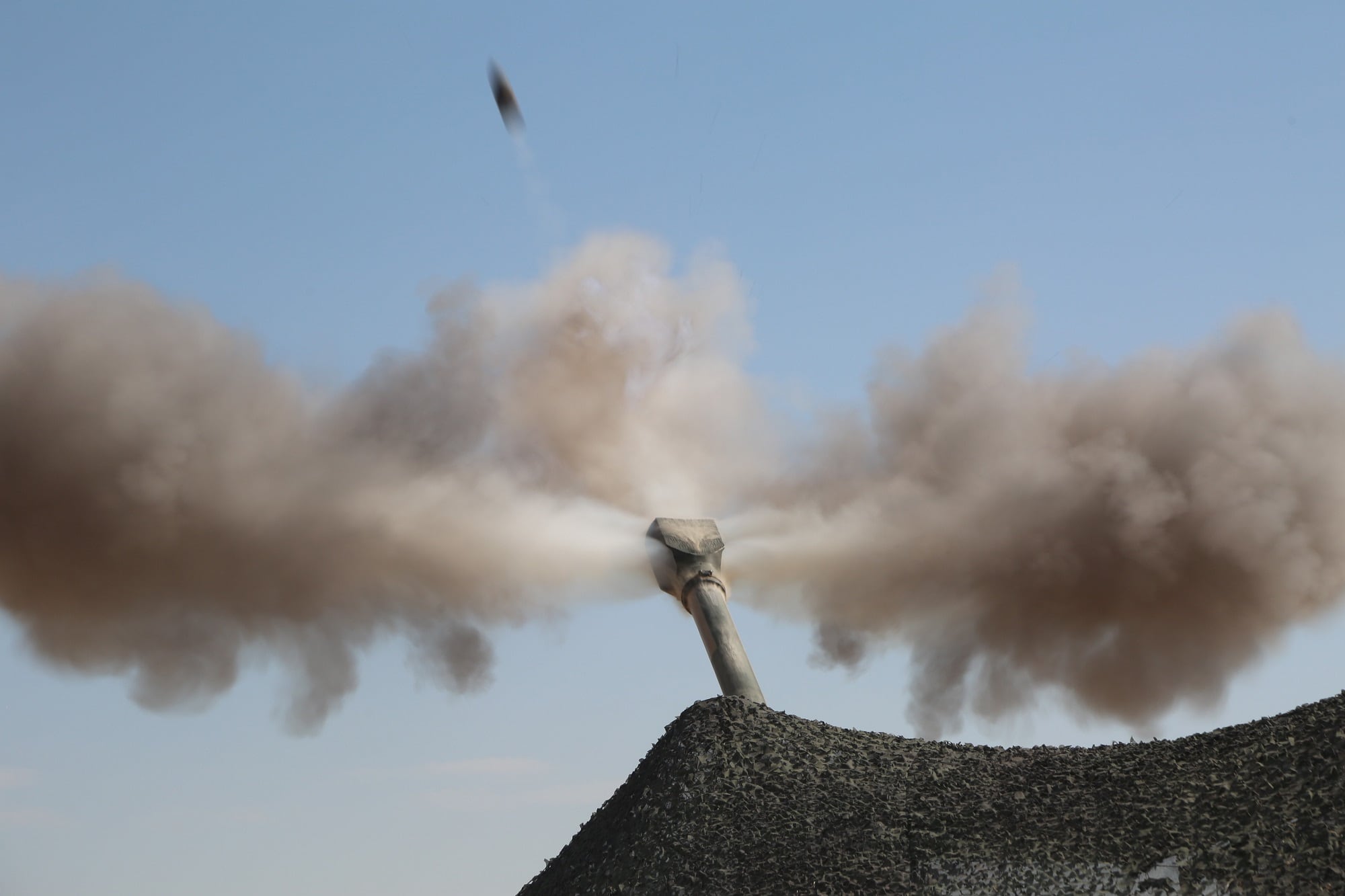
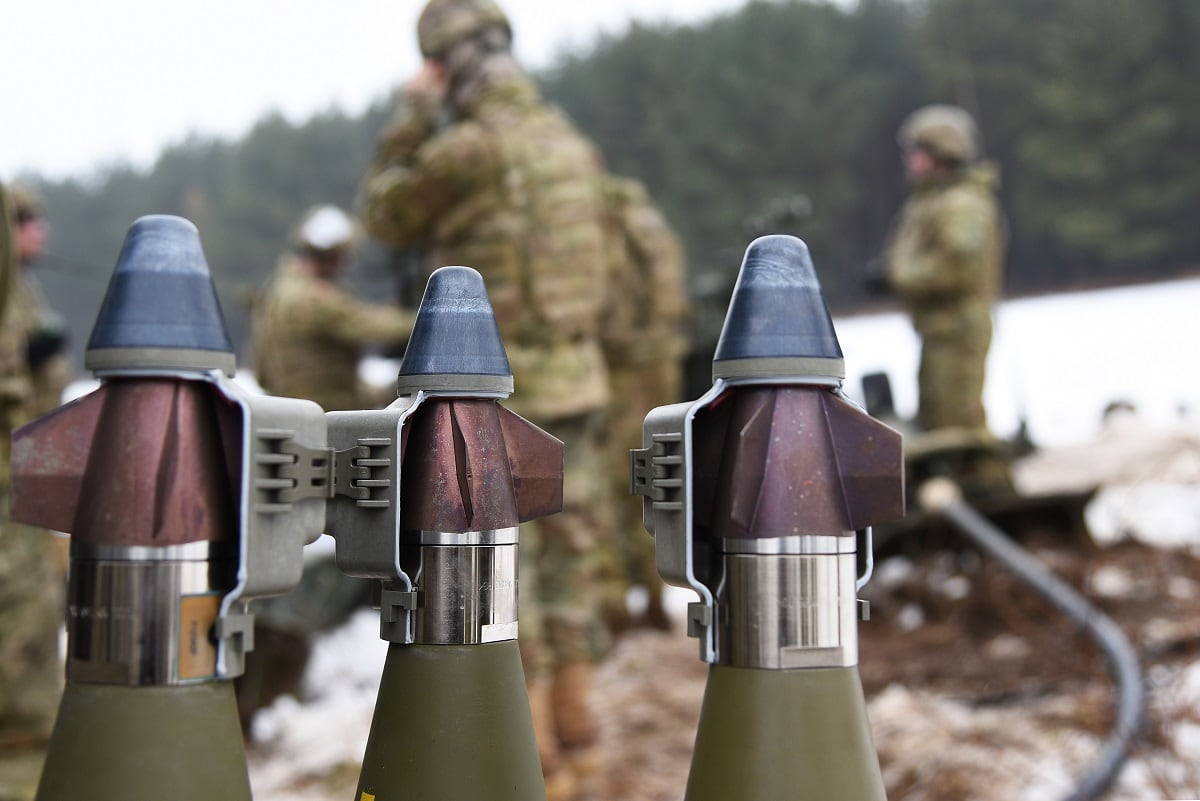
In recent years, officials at Program Executive Office Ammunition have launched the Cannon-Delivered Area Effects Munition.
The CDAEM program’s goal is to manufacture new rounds that range farther with more accuracy and lethality than current munitions. The program also aims to meet unexploded ordnance requirements, rendering areas safer for noncombatants than they are currently.
RELATED
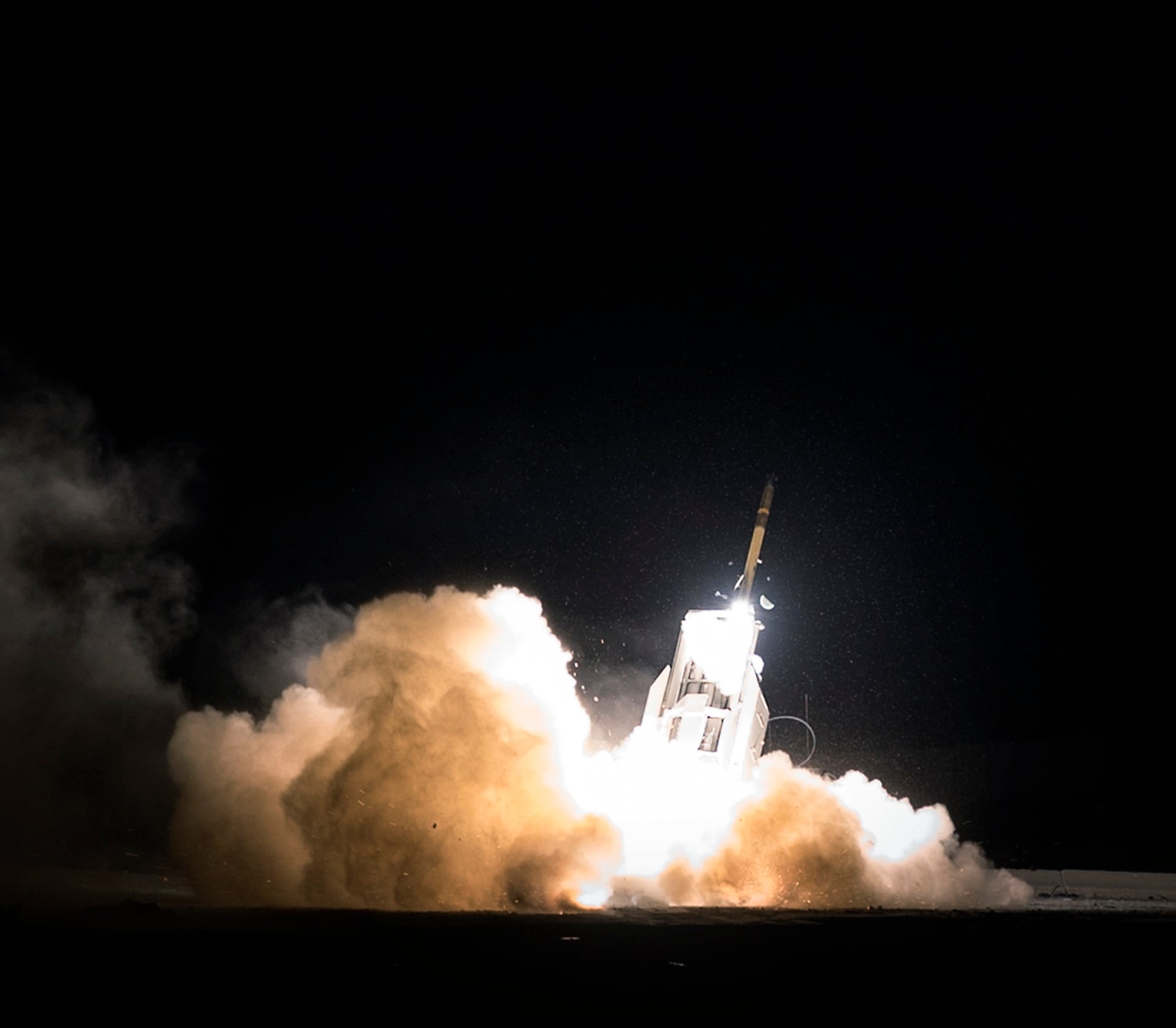
Though officials hope to have such munitions fielded by 2020, mid-term upgrades and off-the-shelf solutions are expected to improve targeting and strike capabilities for artillery.
Less reliance on GPS
One way the program seeks to improve accuracy is by making formerly GPS-guided rounds able to hit the target without the satellite system.
Guided artillery isn’t a new phenomenon, but for years militaries have relied upon Global Positioning Systems technologies to put rounds on target more accurately. The precision-guided munitions revolution is, in part, what led to the quick destruction of forces in the first Gulf War.
RELATED
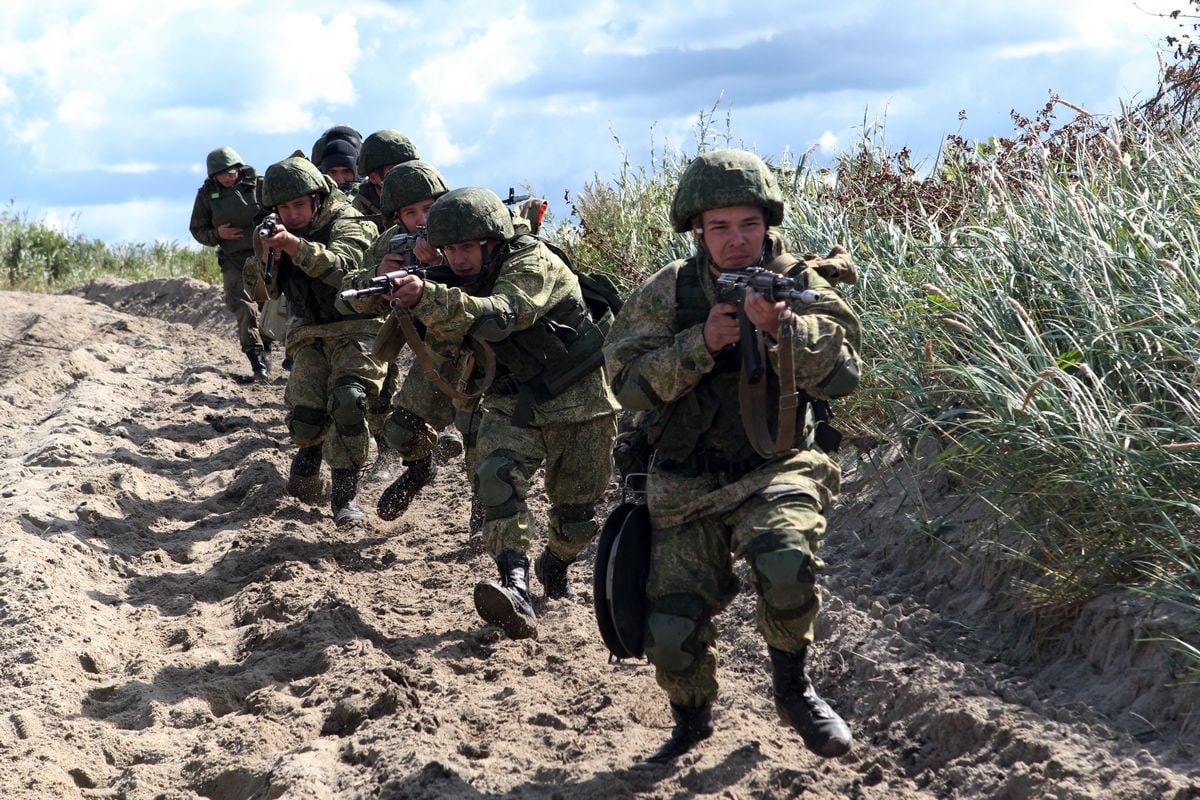
But with more sophisticated GPS-jamming technologies becoming more widespread, one of the key goals for most Department of Defense equipment programs is to make those systems able to operate without it.
In October, during the Association of the U.S. Army annual meeting, the general who leads the Army’s Research, Development and Engineering Command, told attendees that regaining overmatch in long-range precision fires is paramount to the Army’s ground warfare strategy.
Maj. Gen. Cedric Wins said that two areas will see attention — extended range cannon artillery and the projectiles that artillery fires.
John Caunter, BAE’s senior program manager for precision guidance and sensing solutions, said that there are jammers available to many U.S. adversaries.
“What affects GPS guidance is jammers,” Caunter said. To combat that, tacticians have to position “pseudo-satellites” on the ground to make up for actual satellites that sensors can’t access when jammed.
The problem is that those pseudo-satellites have only so much range, he said. And at longer ranges the jammers can be more effective than the pseudo-satellites.
“The war zone becomes very complex,” he said.
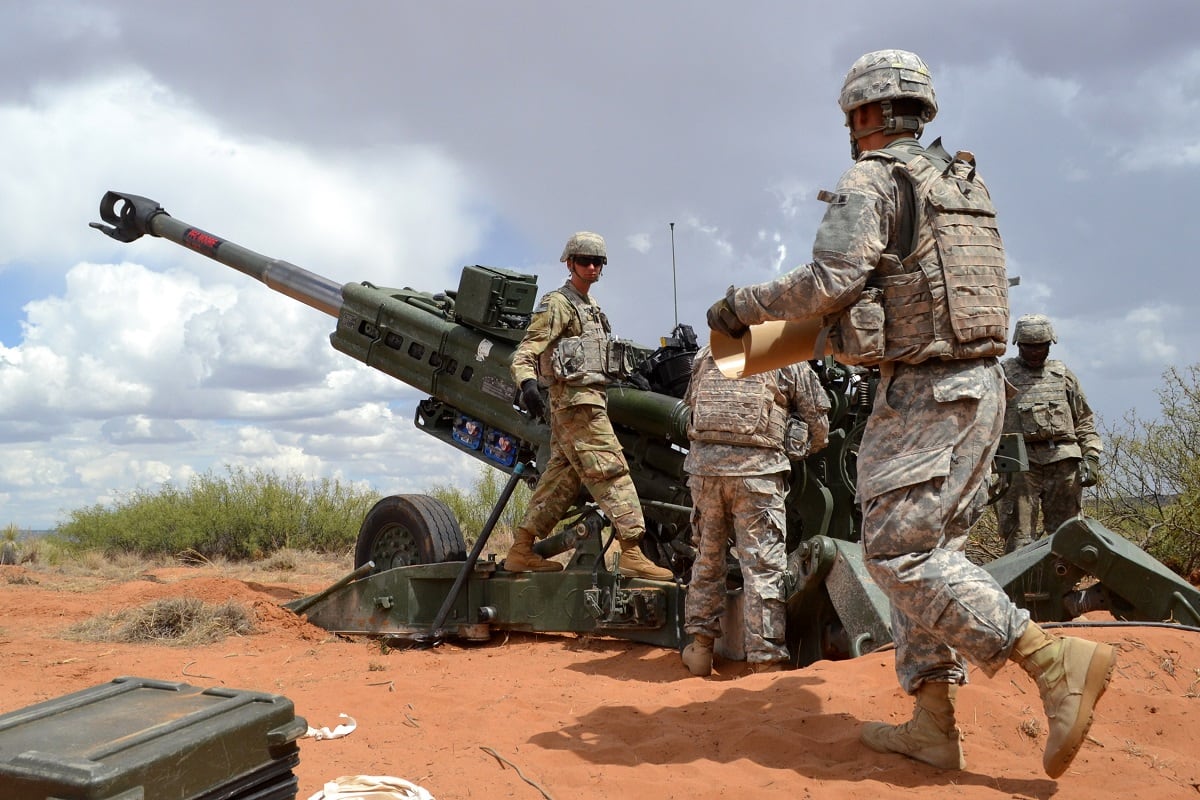
Rounds on target
The kits they are designing aim to overcome those environments with data, keeping the rounds on target at longer ranges.
Scientists with the Army’s Research, Design and Engineering Command are building rocket-assisted artillery that can strike targets at 24 miles, six miles beyond conventional ranges.
The Army has a 155mm rocket-assisted projectile that can exceed 18 miles, but while the munition is in Army stockpiles, it is no longer in production, said PEO Ammo spokeswoman Audra Calloway.
For a decade, researchers have fielded the Excalibur projectile, a coordinate-seeking, high explosive round that uses onboard GPS to hit targets at extended ranges with an accuracy of less than 2 meters miss distance, according to PEO Ammo.
But officials are concerned with using the munition, which is vastly more expensive than the conventional artillery round, in a degraded or access-denied environment.
One of the more specialized rounds, the Swedish BONUS SFM, is in production and has submunitions with advanced sensors that can search for armored vehicles as it flies, separate once detected, and fire an explosively-formed penetrator through the vehicle’s roof.
The new kits, Caunter said, would be compatible with such rounds. Current GPS-denied solutions require purpose built rounds for those environments, while the kits are being designed to fit within the conventional and specialized inventory.
Todd South has written about crime, courts, government and the military for multiple publications since 2004 and was named a 2014 Pulitzer finalist for a co-written project on witness intimidation. Todd is a Marine veteran of the Iraq War.




